Finding My Way with the Waypoint Compass
Author: Owen Clarke
Whether traveling in night or day, this compact little compass is a reliable companion.

Things weren’t going well. I was at 11,000 feet, just below the north ridge of Mt. Charleston, and making painfully slow progress. The snow was patchy and melting fast. I was post-holing like crazy, sinking up to my kneecaps, my crampons finding little to no traction on the steep, slush-covered slopes.
⸻
I’d planned for a fairly mellow morning hike up to the summit of Charleston (11,911 feet), a prominent peak just northwest of Las Vegas, Nevada. I’d woken up early and started hiking from the valley below around 5:00 am, hoping to be above the snowline and back down before everything got too soggy.

Unfortunately, I was in for a freakishly warm day.
By 7:00 am it was nearly 70 degrees in the mountains, even in the middle of February and at 10,000 feet. The sun was baking the slopes, turning the patchwork of snow into knee-deep slush, interspersed with legitimate couloirs of frozen terrain. I strapped my crampons on, hiked a hundred yards, then took them off again to cross a few hundred yards of dirt and scree. Twenty minutes later, I repeated the procedure.
By 8:00 am, almost all the snow was so melted it was impossible to find purchase even with my crampons. The pair of microspikes I’d brought were no use, either. I routinely sank up to my knees or deeper, and at one point slipped on scree below the snow, falling head over heels into the mouth of a gully and narrowly avoiding a 20-foot drop.

After this incident, which left my hand sliced open in half a dozen places and my clothes spotted with blood, I checked my Waypoint Compass and turned to the north, off-trail, attempting to climb a series of cliff bands to reach the peak of the ridge, hoping it would be devoid of snow.
This, too, was futile. I made it thirty feet off the deck, my stubby hiking boots scrabbling for purchase on the slick rock, which was covered in melting ice, before scrambling down in defeat.
This was little more than a steep hike with some snow on the trail, but I was getting my ass kicked six ways to Sunday.
Sure, conditions were far from ideal (it felt more like late spring than the middle of winter) but I’d tackled dozens of more technical, difficult, and higher objectives in the last year alone. This was supposed to be a mellow Wednesday morning jaunt. I’d planned to be back at my desk by early afternoon.
What the hell was going on?
So Small and Light, It’s Hardly There at All
My pack weight wasn’t the problem. I wasn’t carrying jack. I had a headlamp, a small ice axe, crampons, microspikes, some water, nuts, dried fruit, and a beer.
On the outside of my pack, I’d strapped my Waypoint, Glow Rhino’s new tritium-button compass, but I often forgot it was even there. The pair of tritium inserts (both on the North needle and on the backdrop of the compass itself) helped me find my way in the pre-dawn gloom, but this thing is so damn compact and light, it’s practically like carrying a cotton ball around.

At 25 mm wide, the Waypoint is about the size of a quarter, and at 9 grams, it’s scarcely heavier than one. With the included keyring, attaching this little guy to the outside of your backpack, your keys, or any other loop or clip in your arsenal is a cinch, and you won’t notice a difference in weight or bulk.

The machined-aluminum housing means it’s burly enough to take a beating, no matter where it’s attached. When it’s not clipped to my backpack, it regularly lives on my motorcycle keys, which are rattled around a fair bit when I’m heading down the highway at 80+ mph.
All told, this little button compass is one of my new favorite pieces of gear.
It’s small and lightweight enough to be practically nonexistent on your pack, with glow-in-the-dark functionality that’ll serve you equally well whether you’re on a daytime mission with plenty of light or sloshing around in an underground river cave in the pitch dark.
Compasses are something of a controversial subject, for some folks. There are people who think the humble old compass has outlived its use. And sure, these days any old smartphone could probably outdo the best compass on the market in a dozen ways, thanks to apps with GPS capabilities, altitude tracking, weather reports, and more.
But on one hand, it’s still important to always carry a compass, because smartphones lose charge over time, and can get wet and die or have their battery sapped by the cold.
But in the modern world, compasses aren’t just about utility. Compasses are about challenging yourself, about keeping your skills sharp.
Sure, I could download the trail maps for any mountain directly to my smartphone, using augmented reality to scan the slopes for viable routes, checking elevation and latitude-longitude position incessantly as I move through the backcountry.
But oftentimes, I don’t want to do that.
I cut my teeth in the outdoors as a Boy Scout, and a map and compass preserve an element of self-sufficiency to an adventure that smartphone GPS mapping does away with. There’s something immensely satisfying about orienting yourself with a compass, taking a heading, and charting course by hand. It’s a feeling of accomplishment that can’t be replicated by plugging up a GPS or smartphone mapping application. That’s a big reason why I always keep the Waypoint on me.
Sometimes It Just Doesn’t Go
Back on the snow-covered slopes of Charleston, I scrambled onto a long, flat rock and basked in the sun, looking at the melting snow all around.
I was exhausted, and somewhat embarrassed with myself for getting stymied by such a mellow objective.

Only last summer, I’d managed to summit every peak over 14,000 feet in Colorado. Now I was getting destroyed on a hike up a mountain that wasn’t even 12,000 feet, on a one-day trip, and carrying nothing at all?
Perhaps a long winter spent playing video games and lounging in the hot tub hadn’t set me up to succeed. I certainly wasn’t in the best physical shape.
Then again, sometimes it just doesn’t go.
A big part of heading into the outdoors, for me at least, is learning to realize that. Sometimes things just aren’t happening for you. The times I’ve failed to take heed of this are the times I’ve nearly ended up dead.
I held the Waypoint up in the bright morning sun, cupping and uncupping my hands around it to see the tritium glow. I pulled the beer I’d been saving for the summit out of my pack. A few years ago, I would’ve told you that you don’t get to drink your summit beer unless you reach the summit.

Nowadays, I think that’s baloney. The mountains are meant to be enjoyed.
I cracked the beer and sipped it, peering down into the valley below. Then I took a long nap in the warm sunlight, woke up, stretched, and packed my bag, preparing to hike back to the trailhead.

I hadn’t reached the summit, but I’d had a good day in the mountains, which is all anyone really can hope for. And when I was ready to head down, the Waypoint was there to point the way.


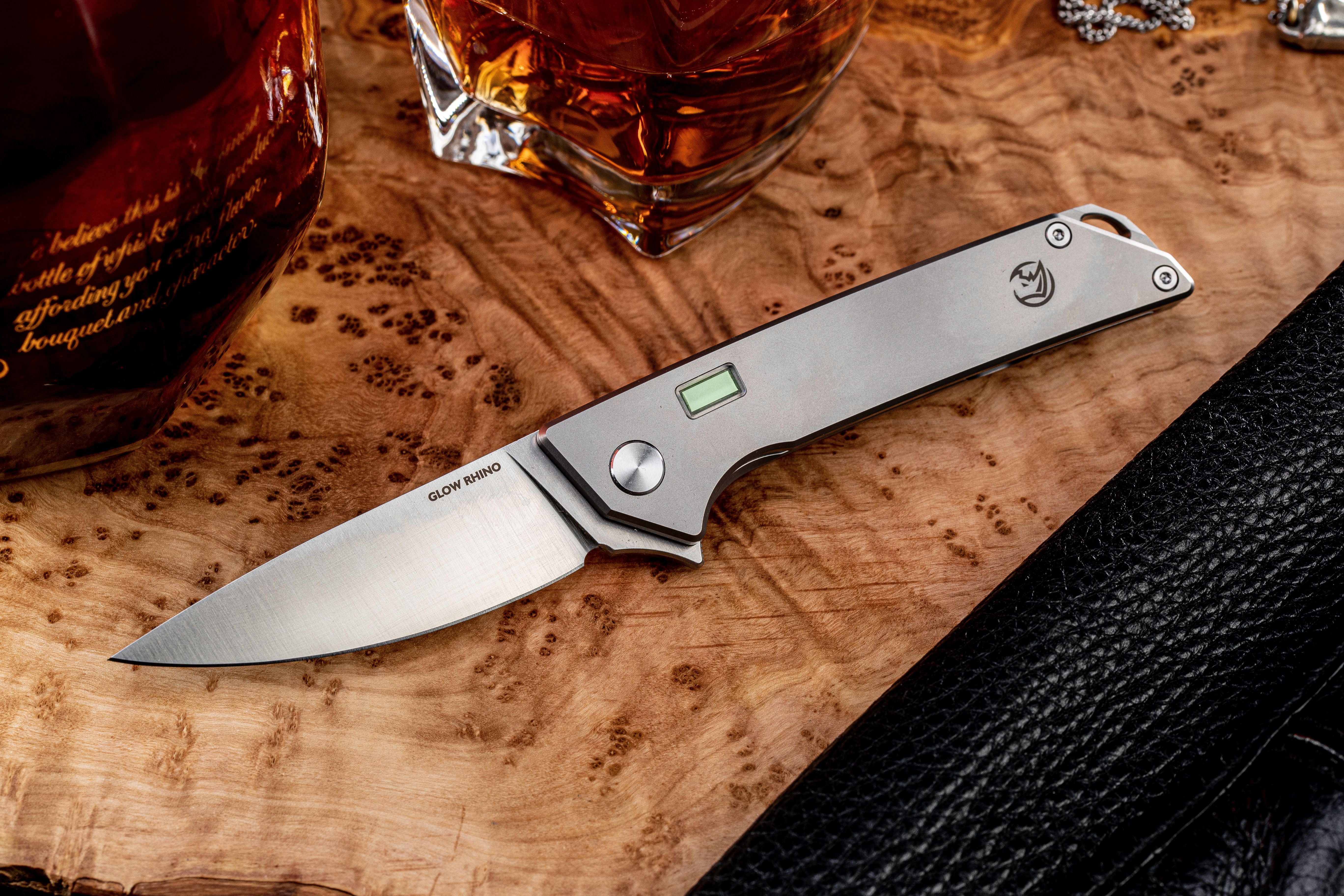
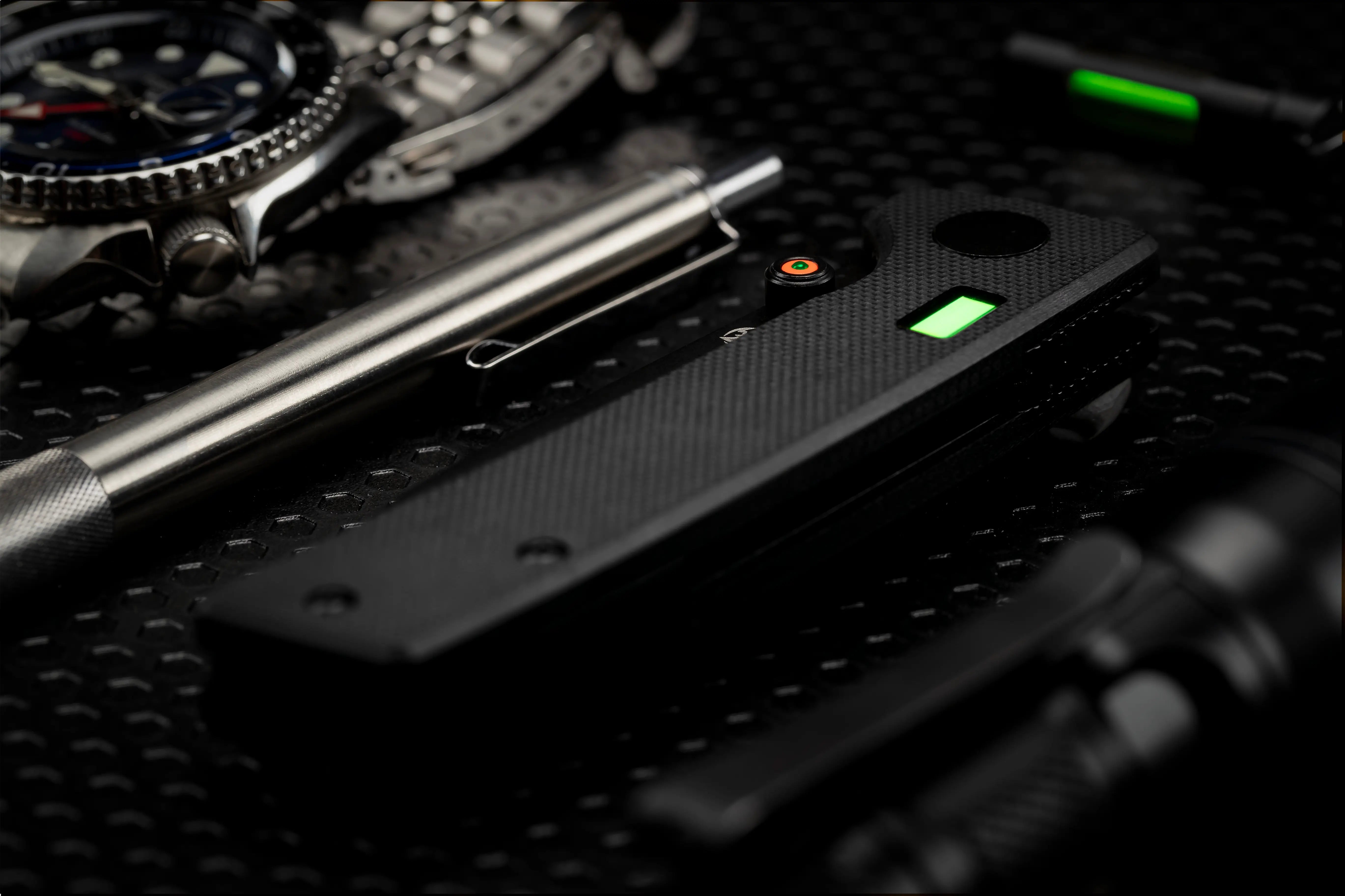
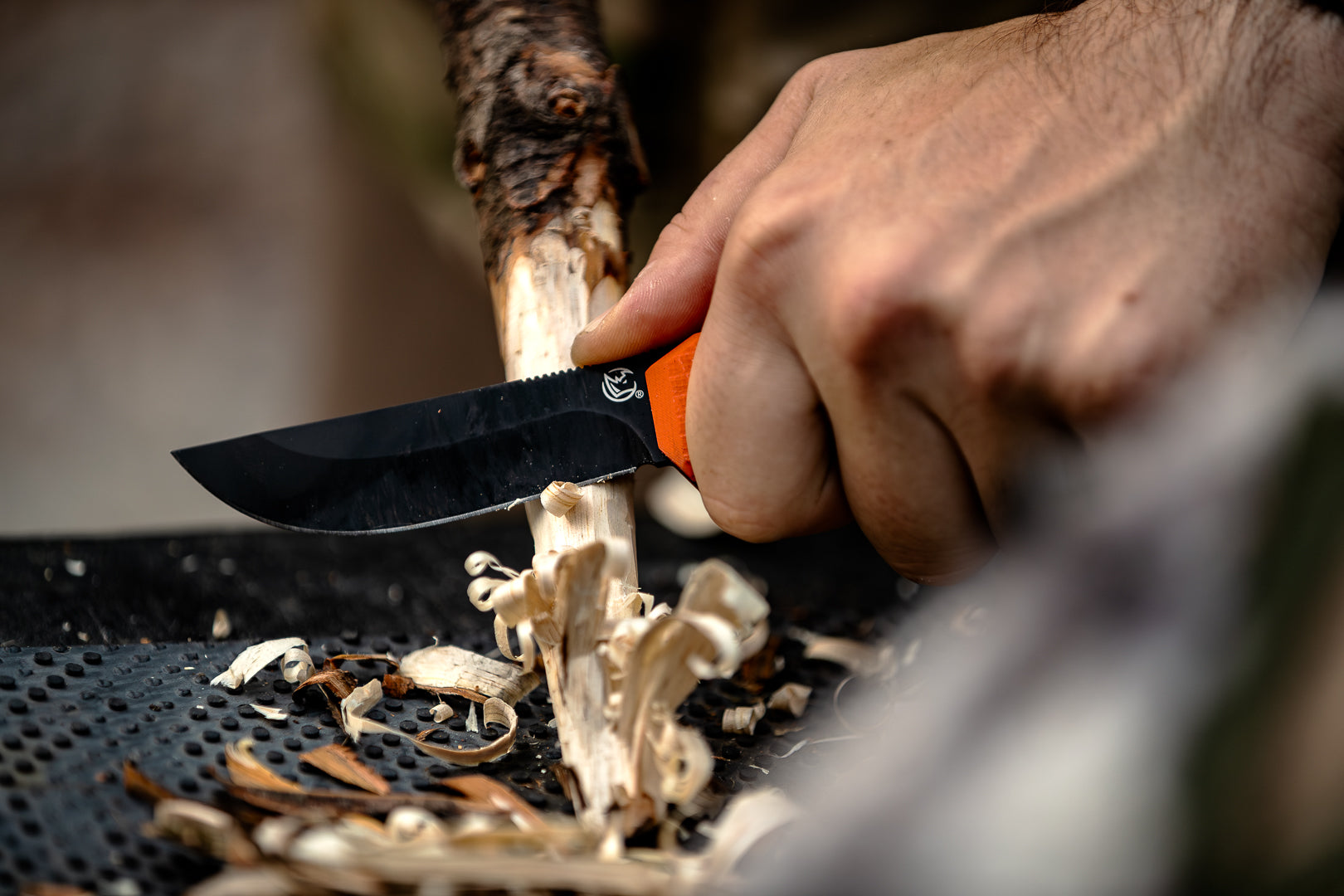
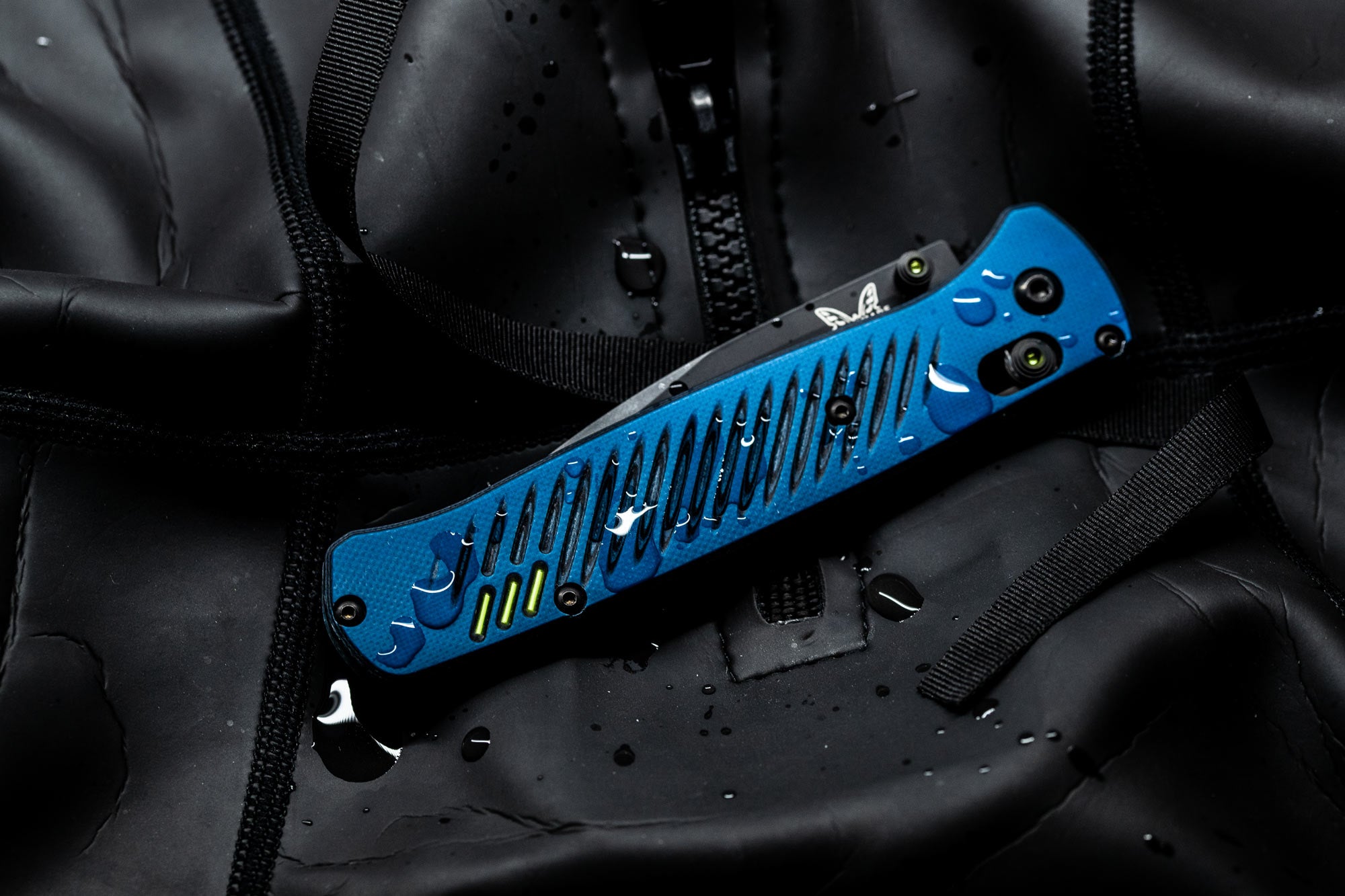
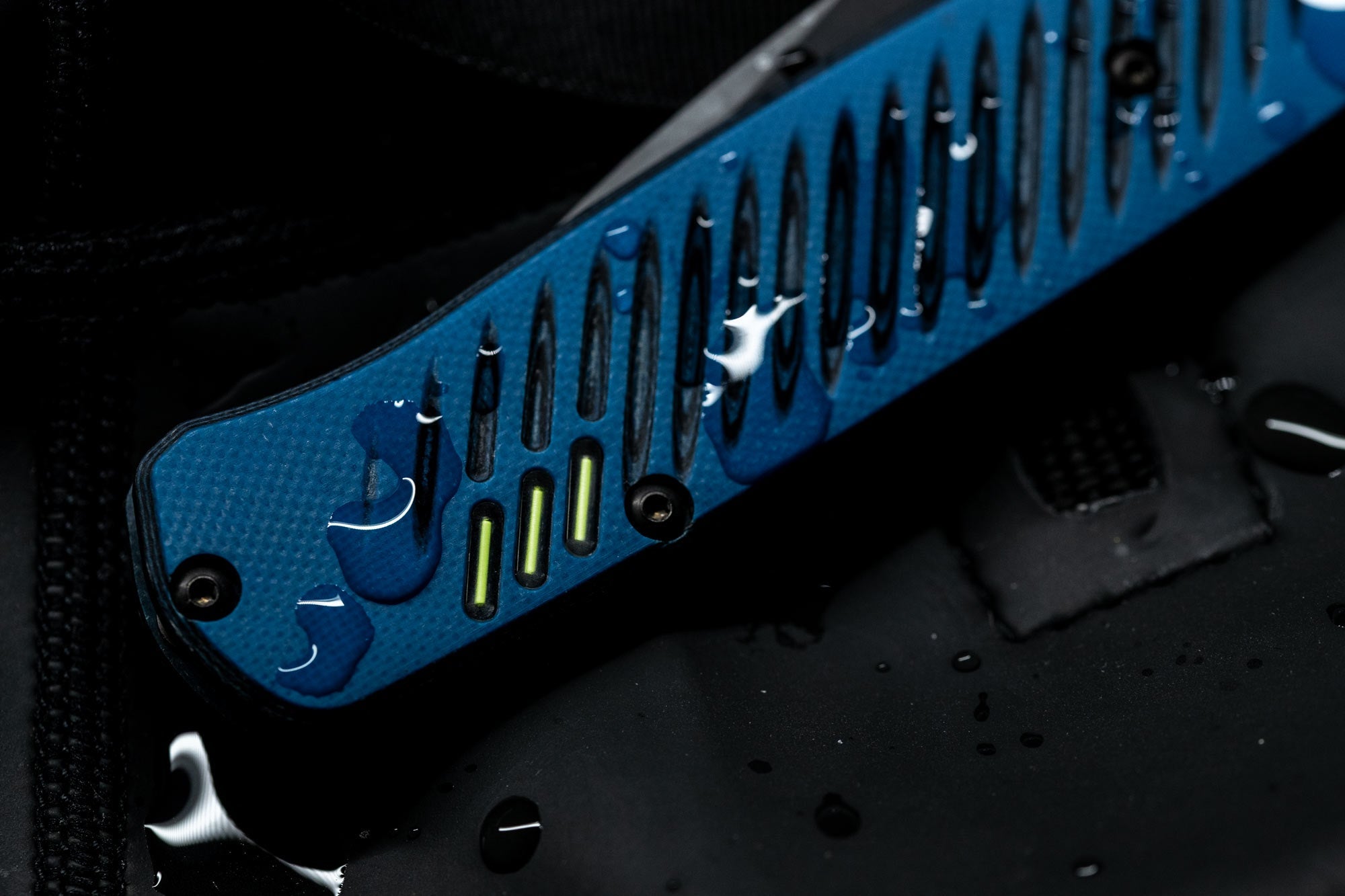
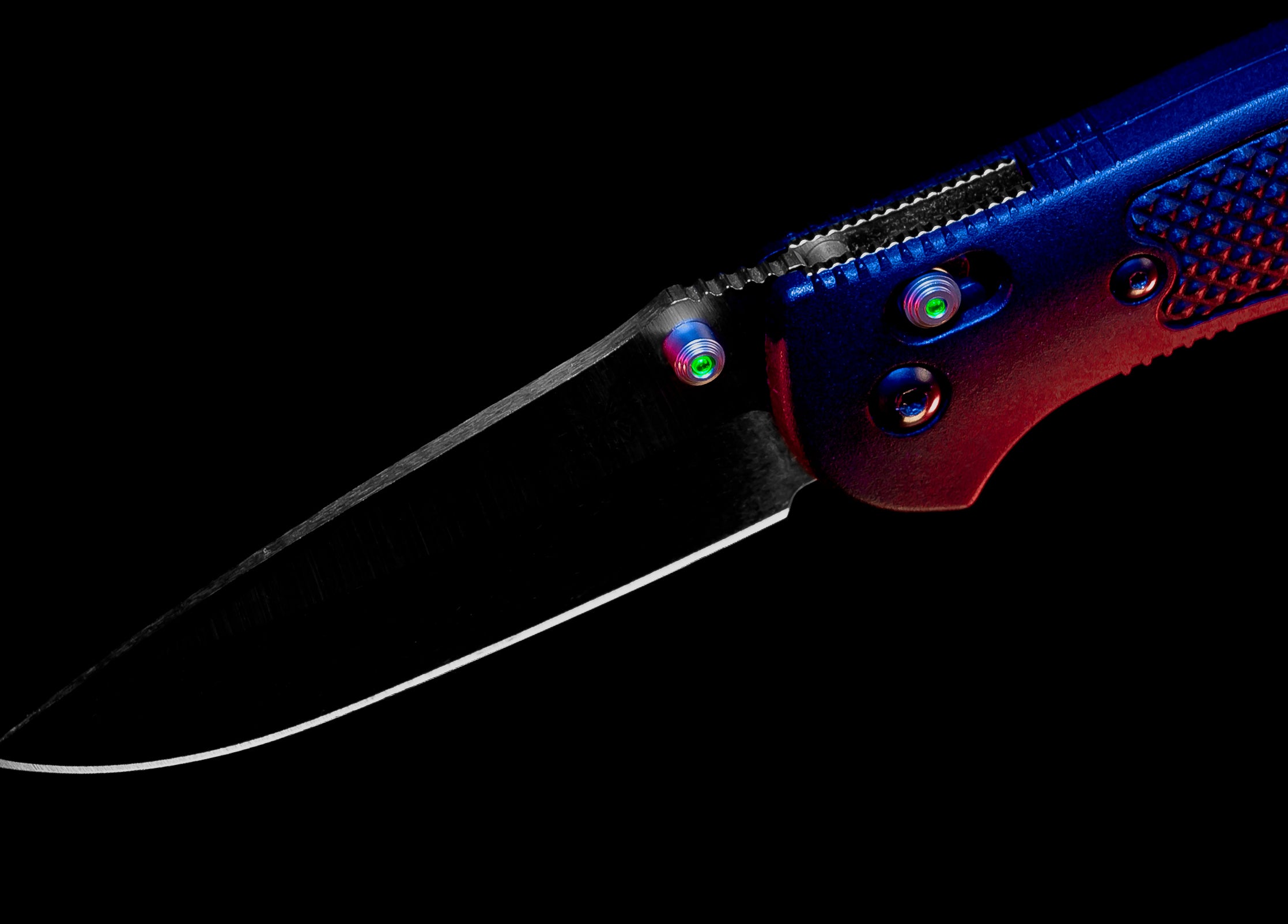




Leave a comment